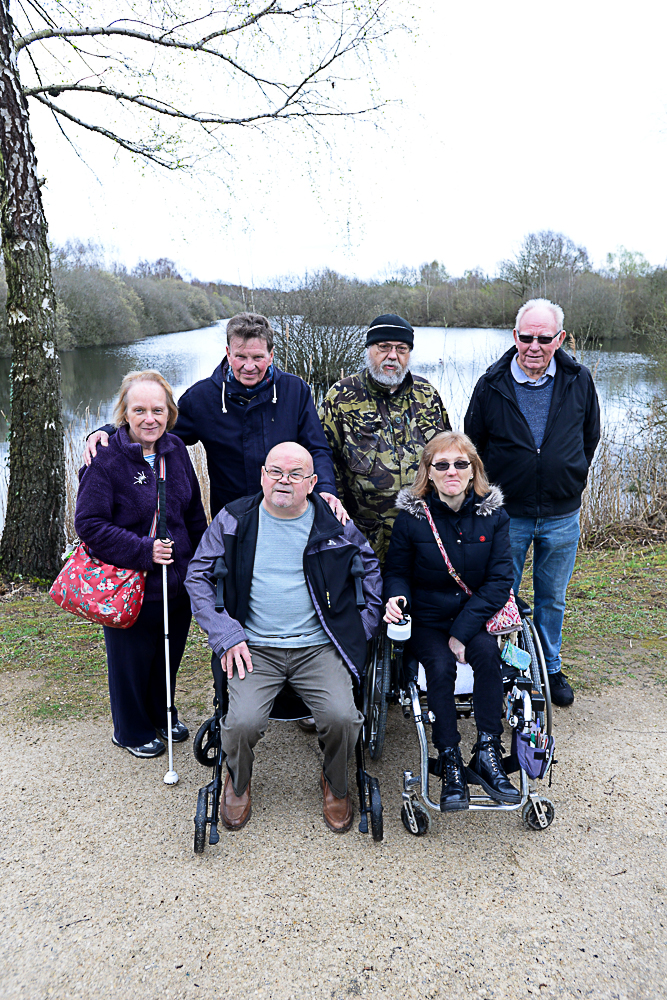The facts
There are almost 2 million people in the UK living with sight loss that has a significant impact on their daily lives, of whom 1,556,000 are in England.
This figure includes
- people who are registered as severely sighted or sight impaired and those whose sight is just better than the levels which qualify for registration.
- people who are awaiting or having treatment such as eye injections, laser treatment or surgery which may improve their sight.
- people whose vision loss could be improved by wearing correctly prescribed glasses, but who are living with significant sight loss.
- At least one-third who have irreversible sight loss equivalent to people who are registered as partially sighted or blind. RNIB conclude that the number of people on the register is only 23% of those eligible.
- Three quarters of people registered blind or partially sighted are over 75 years of age.
- 65% have additional illness or disability – almost half suffer from hearing loss and 45% live alone.
- Less than 5% of registered blind people who are totally without sight.
- One in four of those of working age are in employment.
RNIB research reports that people with sight loss experience
- more difficulty in accessing health services
- have lower feelings of wellbeing
- are more likely to experience financial hardship
- face great restrictions to their participation in education and employment
- report that they have less choice about how they spend their free time
- barriers in accessing travel, shopping and other activities.
The cost of sight loss to society is equivalent to each patient requiring ten hospital admissions a year.
Our area
Imagine we currently had no eye disease at all in Lincolnshire and an infection threatened to spread which experts predicted would leave nearly 3000 people blind or partially sighted and a further 9000 with significant sight loss. Tackling this would receive the highest of priorities, yet because the challenge of sight loss has always been with us, it can be overlooked.
To add to this, in the context of unprecedented public spending pressures, the significant projected rise in Lincolnshire’s elderly population and poor public awareness of the impact that lifestyle choices have on sight, Lincolnshire is facing a considerable challenge.
As the incidence of severe sight loss is likely to increase sharply, so too will the costs to public services and to people’s lives. This will have serious implications for service provision. The impact Lincoln & Lindsey Blind Society makes on visually impaired and blind people’s lives through the services it provides is significant now and will be more so in the future and it is critical that our resources are used to best effect.

